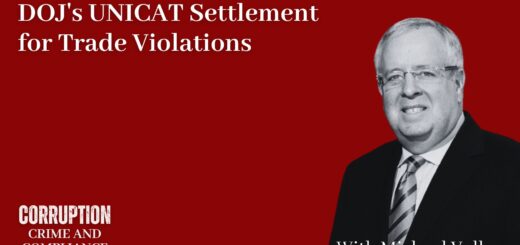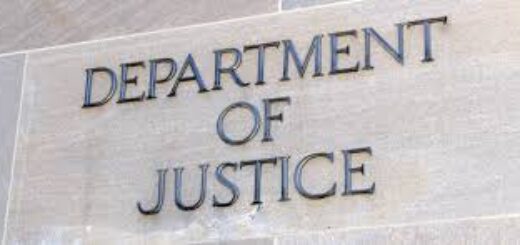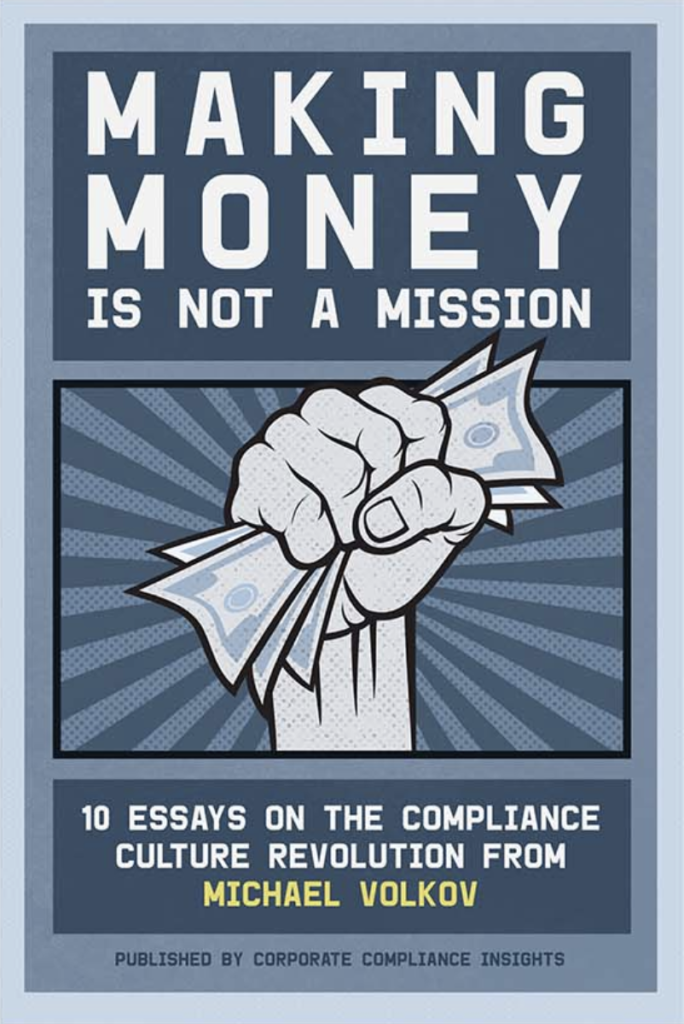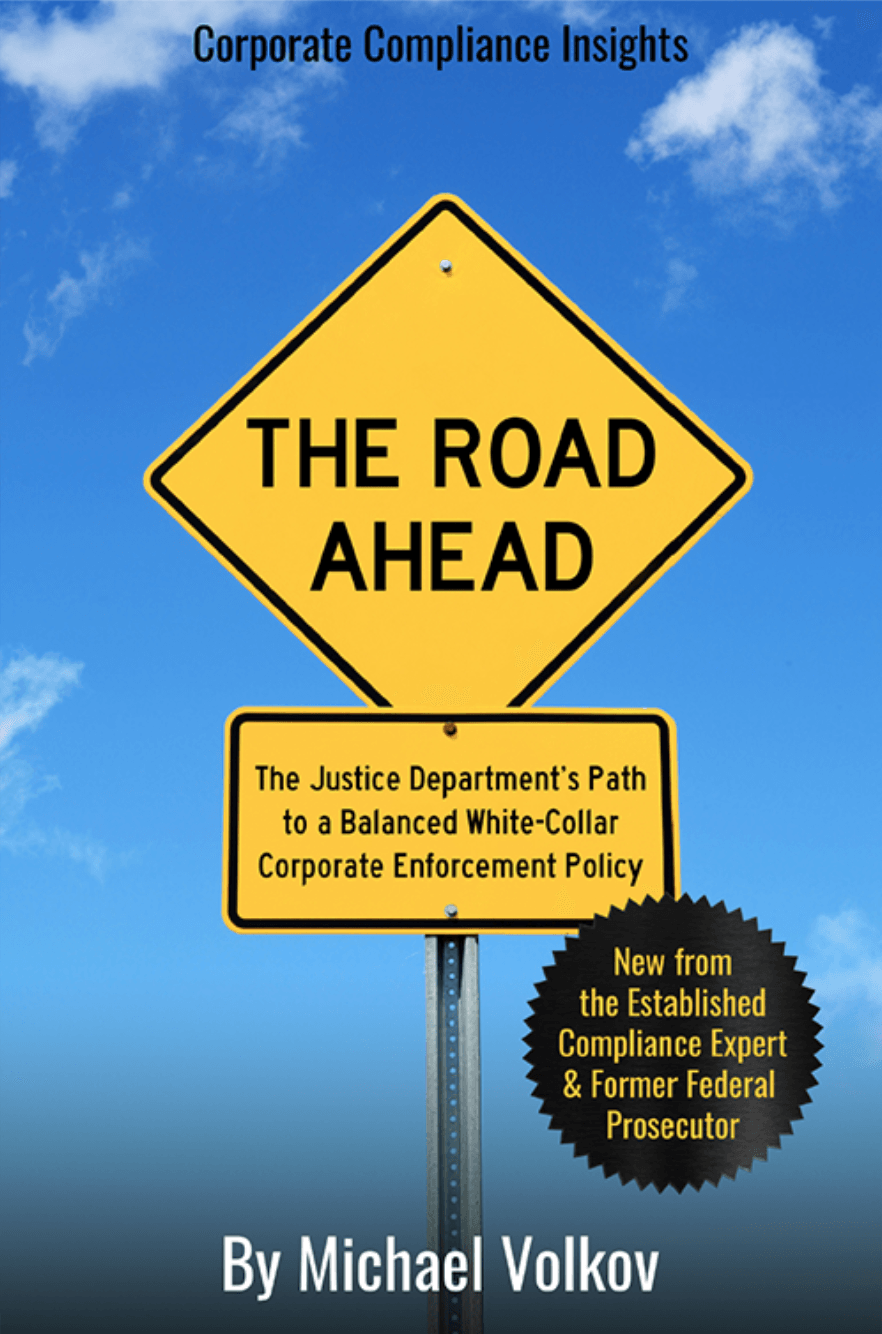Five Strategies to Mitigate a New Risk Environment

Legal and compliance officers are used to adjustments and continuous improvement of their compliance programs. Building and maintaining an effective ethics and compliance program never ends — it is a continuous process. To this end, in the environment of rapid change, compliance officers know how to remain steady and focus on emerging risks. The strategies are often similar but the substance differs when new threats are identified.
To this end, there are five effective strategies for mitigating risk and adapting an existing ethics and compliance program to face a new risk environment.
Reinforce Your Company’s Culture of Ethics: the first and most important strategy is to emphasize the importance of adhering to your corporate culture of ethics and compliance. A company’s corporate culture is its most important intangible asset, and reinforcing this message is critical. If a company needs to assess its culture, now is the time — more than ever. Once completed, the assessment will provide an important foundation for enhancement, monitoring and mitigation. Employees will embrace this initiative as a source of stability during a time of uncertainty and change.
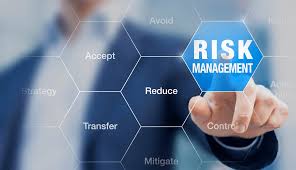
Conduct a Streamlined and Updated Risk Assessment: The second strategy is for legal and compliance to conduct a relatively quick risk assessment to capture new risk areas — trade (export and import), tariff, immigration, supply chain, and third-party transparency. As the Trump Administration implements sanctions and tariffs, legal and compliance has to adjust relative risk priorities to ensure proper focus on changing risks.
Tariffs Compliance: Depending on the company’s trade profile, legal and compliance has to assemble and develop tariff compliance expertise. If a company’s products are subject to tariffs, either on the supply chain and/or in the distribution channel, the company has to ensure proper classification, definition of scope, use of legitimate tariff minimization strategies, potential exclusions, if available, and other issues as they arise. U.S. Customs has been charged with aggressive enforcement of tariffs.

Sanctions and Export Controls: To avoid sounding like a broken record, trade compliance extends beyond tariffs to sanctions and export controls. Regulators have promised stiff penalties for companies that violate sanctions and export controls. The Trump Administration will focus on primary targets such as China and Iran, and employ aggressive use of secondary sanctions. Until the Russia-Ukraine war is resolved, Russian sanctions are likely to stay in place. Once lifted, companies will have to adjust to a new reality of global trade, elevating potential activity with Russia, while reducing trade activities with China. As enforcement risks growing, companies have to focus on third-party trade compliance risks and commit to robust training programs to ensure adequate understanding of risks.
Third-Party Risk Adjustments: With the FCPA enforcement pause, and new orientation of FCPA enforcement, companies have to adjust their third-party risk profiles to account for trade risks, and potential indirect relationships with cartels and transnational criminal organizations. While this is unlikely to lead to a significant shift in risk ratings, some tweaking or modifications will help the company to uncover potential risky relationships.







